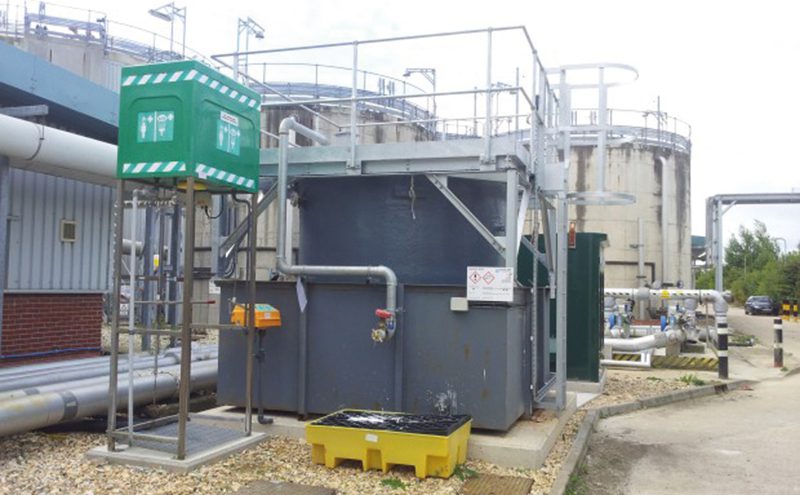Xavier Mear of Lhoist UK revisits some of the common methods of removing phosphate from wastewater, by way of introducing his own firm’s solution

European legislation, principally the Water Framework Directive, mandates wastewater treatment firms to remove a number of substances including, total suspended solids and heavy metals. The presence of nutrients, especially nitrogen and phosphorous in wastewater effluent and their impacts on natural water bodies, are another major concern.
The presence of phosphorous in rivers and lakes is responsible for eutrophication, resulting in the uncontrolled proliferation of algae which consumes the oxygen needed to support marine life.
Solutions to separating phosphate from aqueous solution are based on precipitation using salts of calcium, iron or aluminium, although adsorption phenomena are also important. And phosphate removal also employs biological processes.
Many industrial processes create acidic waste streams, and a number of alkaline chemicals can be used to raise pH, such as caustic soda (NaOH). Whilst effective in increasing pH, it also generates dissolved solids content, relying on additional chemicals and plant design to meet consent limits. Caustic soda also tends to produce a gel-like sludge, and for those sites with heavy metals in their wastewater, the highly leachable characteristics of a sodium-based sludge can be an issue.
Caustic soda’s cost means lime is generally the reagent of choice.Chemical precipitation is used to remove inorganic forms of phosphate by adding a coagulant. Calcium is usually added to the process as hydrated lime Ca (OH)2. This makes it possible to remove 85-90% of the inorganic orthophosphates present in wastewater.
The formation of calcium phosphate salts in aqueous solutions takes place following supersaturation, with excess calcium ions reacting with the phosphate to precipitate hydroxyapatite.
Aluminum is also used to precipitate phosphates, as are ferric chloride and sulphate. For both reagents however, the resulting AlPO4 precipitates need to be removed by flocculation via the excess addition of a metal hydroxide, and typically lime is added to enhance this treatment step.
Lhoist has developed a multi-functional reagent called Neutralac® SLS45, a lime product that combines lime slurry features not conventionally seen together. It differs from the common types of lime slurry available and can compete with 50% caustic soda, whilst combating a range of wastewater pollutants for safe site discharge.







